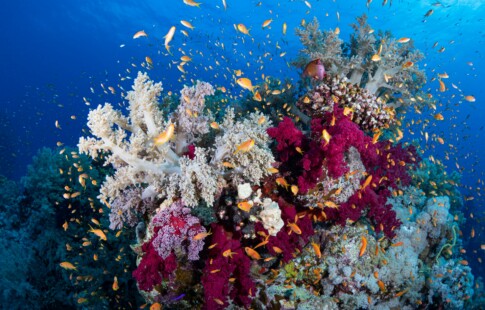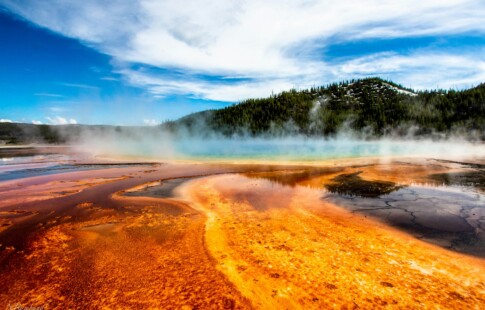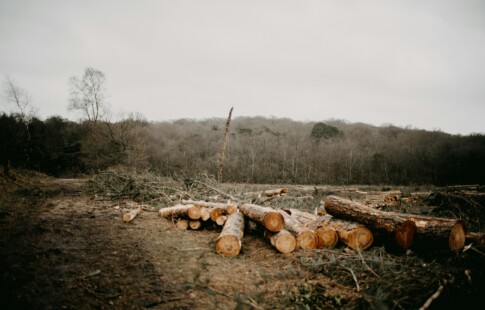
Worst Packaging for the Environment (Hint: It’s Not Just Plastic)
We are reader-supported. When you buy through links on our site, we may earn affiliate commission.
If you follow environmental news, you already know plastic has created an irreversible issue across the planet. This material infiltrates our oceans annually at an inconceivable rate. In fact, 8 million tons of plastic end up seaside — and there’s still 99% left that’s unknown. Items like plastic bottles and bags aren’t the only culprits, though. There are other unsustainable materials we come across every day. Here’s a look at different examples of the worst packaging for the environment.
1. Bubble Wrap
There’s a significant chance you’ve played with Bubble Wrap before. This trademarked material usually goes inside boxes and envelopes to create a cushion between fragile objects. It’s popular to use when you move houses or mail things for that exact reason.
Bubble Wrap consists of low-density polyethylene (LDPE), which tends to be used for thinner plastic objects, like bags and wraps. These polymers are strong and tight-knit. Therefore, you can realize why they become a concern when you toss them. It takes centuries for items like Bubble Wrap to decompose.
It’s possible for people to recycle Bubble Wrap and other plastics. However, you should know that this process doesn’t happen as often as you might think. In fact, America’s average recycling rate decreased to around 32% two years ago. That’s a potentially deadly prospect.
2. Cardboard
What do companies use to package large mail orders? Cardboard. Consider how many boxes you receive on your doorstep every week. That’s a decent amount of cardboard. But you can recycle and compost cardboard, so you don’t have to worry, right? Wrong.
This material comes from wood pulp, so you can imagine how many trees are used to make cardboard. It’s also evident that cardboard contributes to methane emissions while breaking down. These two factors only increase issues associated with climate change.
3. Styrofoam
Did you know that Styrofoam is a generic colloquial term? There’s a trademarked brand called Styrofoam that creates building insulation from extruded polystyrene foam (XPF) — but Styrofoam typically has a different “public-facing” definition. It instead refers to material made from expanded polystyrene foam (EPS), or plastic foam.
Consumers typically use this material for beverage cups, packing peanuts and food containers. It’s some of the worst packaging for the environment because Styrofoam doesn’t break down quickly. In fact, Styrofoam takes around 500 years to decompose.
Styrofoam has the potential to be somewhat sustainable — but you can only expect that evolution to happen when more people do their part to recycle.
4. Aluminum Foil
What do you see when you walk down the snack aisle? There are likely rows and rows of chips and pretzels packaged with foil. They have designs, pictures and writing riddled across each side. It’s impossible to successfully recycle foil bags, so you have to drop them into the trash when you’re done.
It’s apparent that harmful practices go into making foil, too. That’s because foil requires bauxite. This ore houses aluminum, which exists within the Earth’s surface. It’s necessary to mine these elements to create every aluminum product. In other words, you can only create foil through detrimental extraction processes.
This option remains a harmful packaging choice for the environment as a result. It’s impossible to recycle foil, so you have to throw your bags and packets away. There’s no denying that we have a long way to go with foil specifically.
5. Glass
It might seem like glass would be an eco-friendly option for packaging. In many ways, you can consider glass to be the best packaging option for the planet. However, you have to look at the other side.
Glass does include some natural materials. It requires sand, but we’re actually running out of sand around the world. Plus, you need to consider what happens when we remove these elements from wildlife habitats. These actions can disrupt ecosystems. There are also carbon emissions related to glass production.
It’s true that you can recycle glass — and when you do, you’re helping support the planet. That said, U.S. cities across the country have decided to cancel their recycling programs altogether. In some counties, like Pennsylvania’s Allegheny County, you can’t recycle glass with your other materials.
These Are Examples of the Worst Packaging for the Environment That Exist Today
How can we reduce waste and emissions from these packaging options? It’s essential to strive for innovation. If we can get everyone from small businesses to large corporations to use 100% biodegradable packaging, we’ll make significant strides. Use this information to help you make better choices as a consumer.
Share on
Like what you read? Join other Environment.co readers!
Get the latest updates on our planet by subscribing to the Environment.co newsletter!
About the author

Jane Marsh
Starting from an early age, Jane Marsh loved all animals and became a budding environmentalist. Now, Jane works as the Editor-in-Chief of Environment.co where she covers topics related to climate policy, renewable energy, the food industry, and more.





